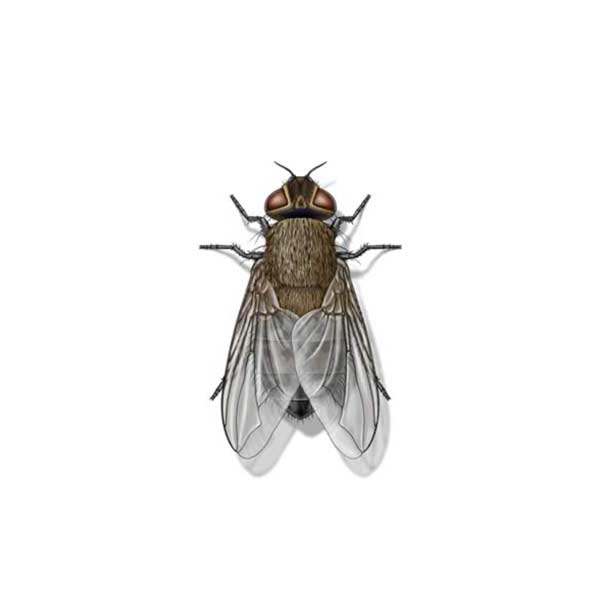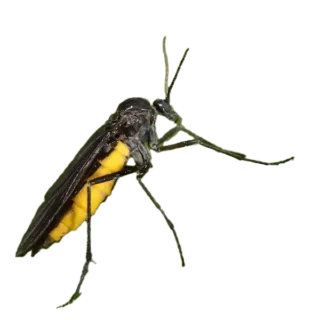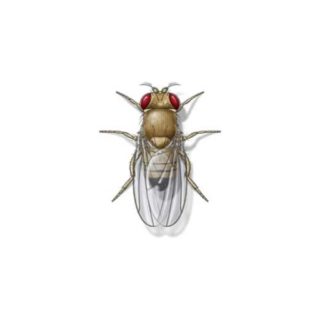Cluster Flies in Cleveland
Cluster flies, part of the blowfly family, are found across the United States except for the states bordering Mexico. It’s easy to identify this pest by the “clustering” effect they have on walls and within light fixtures during the night. During the fall, they seek hibernation spots inside homes, often choosing wall cavities, attics, and false ceilings. In spring, as they try to leave their hibernation spots, they frequently end up inside living spaces, becoming a nuisance. During early spring, they are sluggish and do not buzz around buildings noisily as other flies do.
Cluster Fly Habitat
Typically residing outdoors among flowers and ripe fruits, cluster flies move indoors with the arrival of cool weather to overwinter. They hide in clusters in nooks, dark corners, closets, under curtains, in wall voids, and behind pictures and furniture. You’ll begin to notice them flying in your home on days when it is noticeably warmer. This is when the flies are trying to return outside to reproduce but become confused and end up trapped in the structure. Cluster Flies are attracted to light, contrary to other flies. During the day you might find them buzzing around a sunny window, whereas at night you’ll most likely find them fixated on an artificial light source.
Cluster Fly Behaviors, Threats, or Dangers
Cluster flies differ from typical blowflies as they are not seen as a health threat because they are not drawn to human foods. They do not bite humans or animals and are not known to carry around transmittable diseases. Nevertheless, they can be a nuisance due to their habit of traveling in large swarms. In the fall, these flies seek winter shelter and gather near windows in homes and buildings, buzzing noisily and spinning around. When swatted, they leave greasy spots. Over the winter, their excrement can create a noticeable smell and may stain fabrics and walls. If cluster flies die within a structure they can attract other pests.
If you are dealing with a cluster fly problem on your property, contact your local fly exterminators.
Need help with Cluster Fly control?
Need Pest Control Service?
Leave your information below and we’ll be in touch with a FREE quote!
"*" indicates required fields
*During normal business hours. After hours calls will be returned the next business day.



